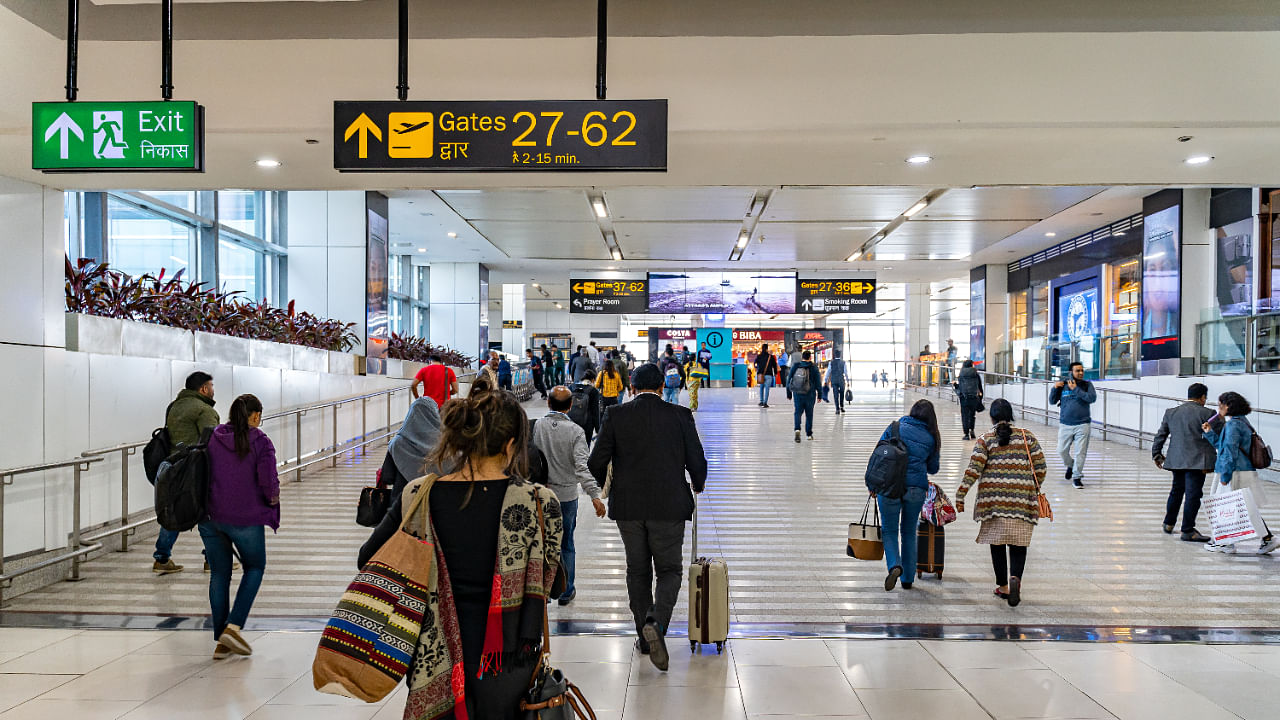
It has long been India’s dream to become a global aviation hub. This dream is now slowly but surely taking shape, thanks largely to domestic airlines and airports working in tandem.
A hub is an airport which acts as an intermediary point to get air travellers to their final destination. For example, a passenger flying on Emirates from India will land in Dubai (a hub) before taking another Emirates flight to London. Similarly, an Indian passenger flying from the US to India might land in Doha (the hub for Qatar Airways) before reaching the final destination here.
Airlines and airports are trying to make Indian cities into hubs so that flyers from across the country can first fly to these hubs and then connect onwards to international destinations.
This has been made abundantly clear by the two new expatriate chief executive officers at IndiGo and Air India. Both have said that while they are not losing sight of the domestic market, they are also focusing on international traffic to and from India.
As part of that strategy, at the end of September, IndiGo launched a flight to its 100th destination, Ras-Al-Khaimah. This is a clever strategy as the RAK airport is currently underserved, and there are excellent road links to Sharjah and Dubai from there, both points to which IndiGo operates. IndiGo’s direct flight to Ras-Al-Khaimah means that flyers who want to visit that city need not fly to Dubai and then find their way. This also means more seats will be available on the India-Dubai route for IndiGo.
With the Airbus Extra Long-Range aircraft arriving in the IndiGo fleet from 2024-25, things on the international and domestic fronts in terms of passenger carriage can only look better for the low-cost carrier. This aircraft will allow IndiGo to connect Indian passengers to destinations its aircraft cannot reach currently. These could include Beijing, Seoul and European destinations like Amsterdam, Paris and London.
Similarly, under Wilson Campbell, Air India is keen to expand its domestic footprint by adding more flights and having more hubs, including one in South India.
Campbell is clear that it is not only the diaspora which should be flying Air India, but eventually, it should become an airline on the radar of fifth and sixth freedom traffic that the Middle-Eastern carriers, like Emirates, Etihad and Qatar, European carriers, like KLM, and South East Asian carriers, like Singapore Airlines, have effectively been able to take away from the Indian carriers.
Further, the airline is also eyeing destinations where India has business links or is developing business links, as are those flyers who will be entirely independent for Air India being an Indian carrier and connecting people between point A and point B for which India is a convenient and a logical intermediate point.
Air India is also looking to order more aircraft that can fly for a longer range non-stop, offering more choices to the flying public. On their part, airports, especially those in the metros, are also playing a significant role in India becoming a global aviation hub. A case in point is the Delhi airport which was declared the largest mega-hub in the Asia-Pacific region, followed by the Haneda airport in Japan in September. Mumbai and Bengaluru were also counted among the top 50 international mega-hubs.
Now with Indian airlines and airports working together, the flow of international passengers from India, which is heavily skewed in favour of international carriers, can be moderated. This will not happen overnight, but steps to skew the about 20 per cent of global traffic from India carried by Indian carriers can only head northwards with the steps being taken.
Recently, the Delhi airport announced that its newly extended international-to-international (I-to-I) transfer area spanning approximately 3,000 square metres is double the size of the previous I-to-I transfer area. This will help facilitate a quick and efficient airport experience for flyers coming from one international destination and flying to another international destination from Delhi. Indian airlines are already taking baby steps to make this possible. For example, it is not uncommon to see international passengers at Bangkok airport board the Vistara flight to Delhi before connecting to other international destinations like Kathmandu and Dhaka.
(The author is a senior freelance journalist who writes about the aviation industry)
Disclaimer: The views expressed above are the author's own. They do not necessarily reflect the views of DH.